Breaking News: Alaska's Public Schools Serve as Emergency Shelters Amid Crisis
In a desperate bid for safety, nearly 700 people took refuge in the Chief Paul Memorial School in Kipnuk, Alaska, after a massive storm surge inundated the village, forcing residents to flee their homes. The school, the largest building in the village, served as a makeshift emergency shelter for two days, providing a temporary haven for those displaced by the disaster.
According to eyewitnesses, the storm surge, fueled by ex-Typhoon Halong, struck Kipnuk on a Sunday morning last month, catching residents off guard. James Taq'ac Amik, a local resident, described the chaos as floodwaters rose, sweeping away homes and leaving families stranded. "The houses started drifting away around 5:30 a.m.," Amik recalled. "There was still lights in them, there was people in them."
The school, equipped with emergency supplies, provided a lifeline for those seeking shelter. The immediate response from local authorities and emergency services was swift, with aid pouring in to support the displaced residents. However, the crisis highlights the vulnerability of Alaska's rural communities, which often lack basic infrastructure and resources to withstand extreme weather events.
Kipnuk, a village of 700 people, is located in the heart of western Alaska's Kuskokwim river delta, an area prone to severe storms and flooding. The village's reliance on public schools as emergency shelters underscores the need for more robust disaster preparedness and infrastructure in rural Alaska.
As the village begins to rebuild and recover, questions remain about the long-term sustainability of Alaska's public schools as emergency shelters. In the short term, residents are focusing on rebuilding their homes and lives, with support from local authorities and emergency services. The incident serves as a stark reminder of the challenges faced by rural Alaska communities in the face of climate change and extreme weather events.





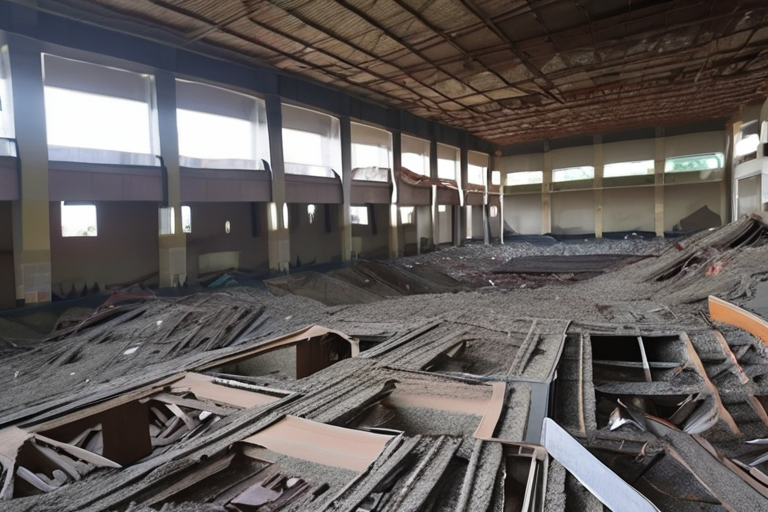
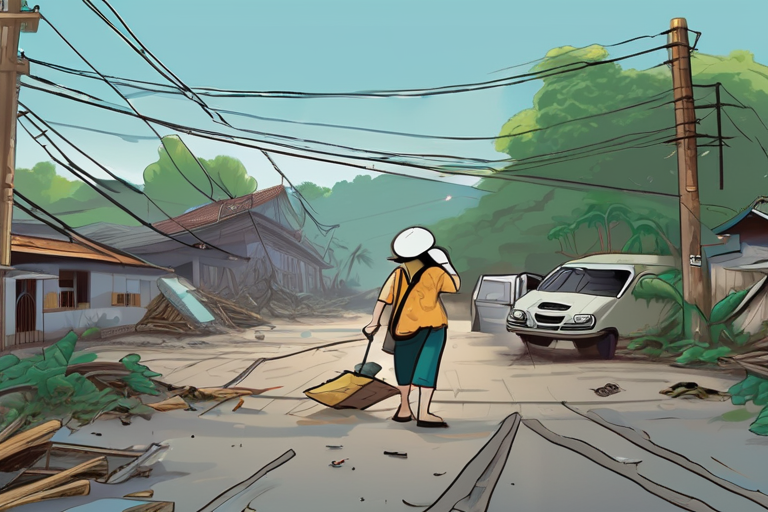

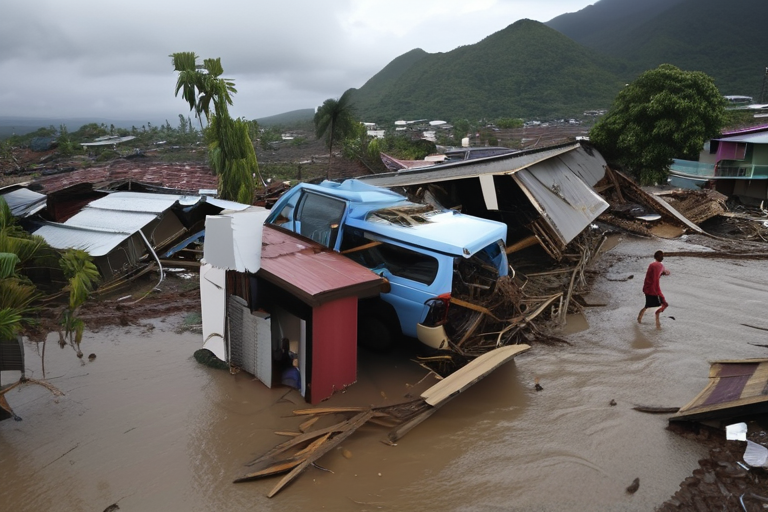





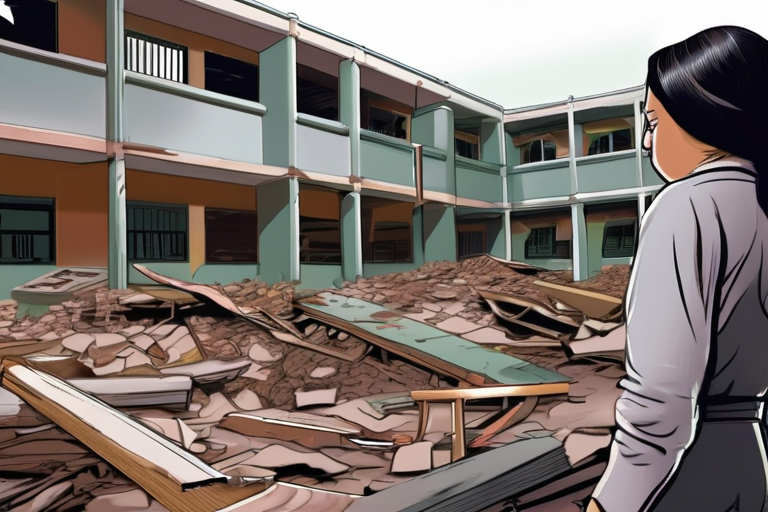



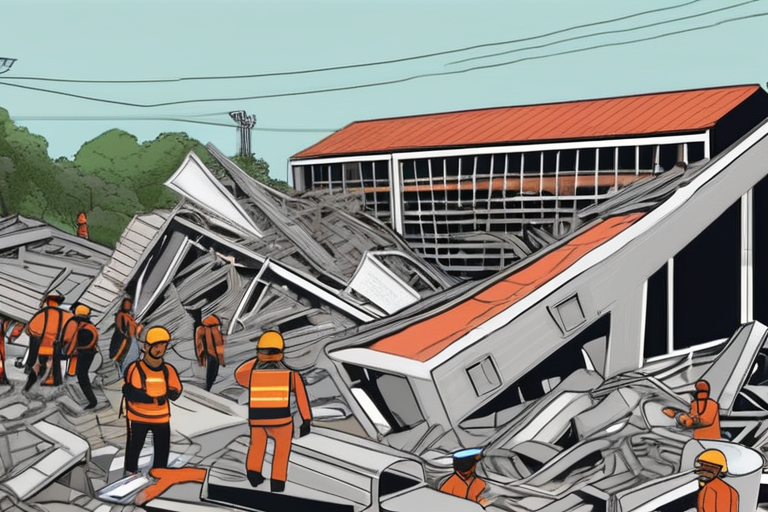
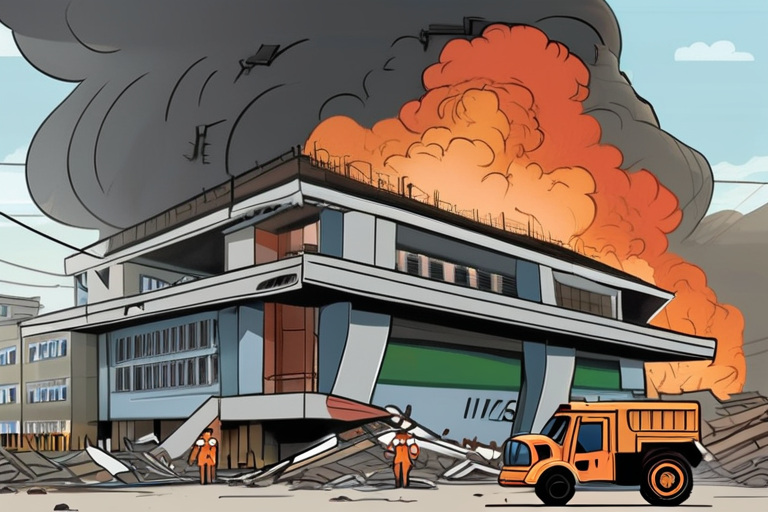







Share & Engage Share
Share this article